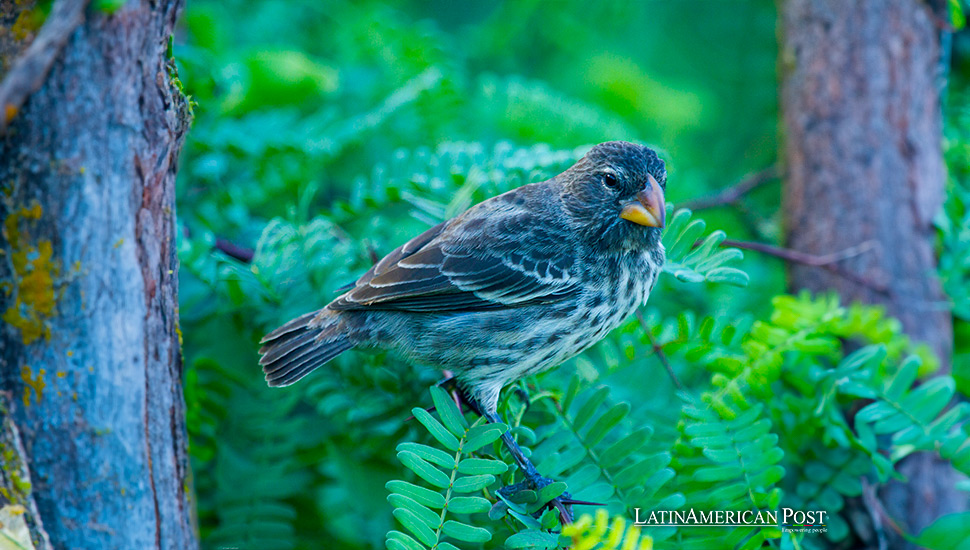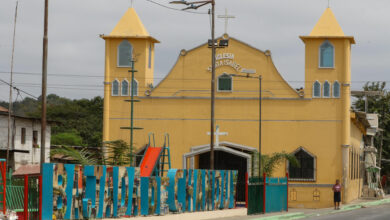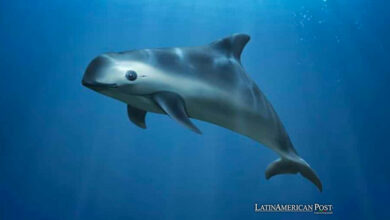Restoring Floreana is a Monumental Conservation Endeavor in Ecuador’s Galápagos Islands

Amidst Ecuador’s Galápagos Islands, a monumental conservation feat unfolds as 510 finches are liberated on Floreana Island after the eradication of invasive species. This ambitious endeavor signals a crucial step towards ecological restoration, amplifying regional conservation efforts.
A Triumph for Floreana Island’s Ecosystem
In the enchanting realm of the Galápagos Islands, Ecuador, a landmark conservation endeavor has recently culminated in the triumphant release of 510 finches on Floreana Island. This significant achievement follows the successful eradication of invasive species, such as feral cats and rodents, which had previously threatened the island’s fragile ecosystem. The initiative, spearheaded by the Galápagos National Park and the Galápagos Biosecurity Agency, in collaboration with esteemed organizations like the Charles Darwin Foundation and the Jocotoco Foundation, supported by Island Conservation and the Durrell Wildlife Conservation Trust, represents a critical step towards ecological restoration.
This ambitious project aims not only to rid Floreana Island of invasive species but also to reintroduce twelve native animal species that had become locally extinct, including the majestic giant tortoises, the emblematic Floreana mockingbirds, and the elusive Galápagos petrels. This initiative, rooted in over a decade of meticulous planning and collaboration with the local community, seeks to establish an “ecologically prosperous and sustainable” ecosystem on Floreana Island.
Finch Release Marks Island’s Restoration Milestone
The release of the finches, encompassing five native species, on February 22nd marked a pivotal moment in the island’s restoration journey. These birds, which include the critically endangered medium tree finch endemic to Floreana, play vital roles within their habitat as pollinators, seed dispersers, and natural insect control agents, contributing to the overall health and balance of the island’s ecosystem.
This conservation success story in the Galápagos echoes similar ecological restoration efforts across Latin America, where invasive species have posed significant threats to native wildlife and habitats. Countries like Mexico, Brazil, and Argentina have faced their battles against invasive species, impacting diverse ecosystems from the tropical rainforests to the Patagonian steppes.
For example, the invasion of non-native plants and animals in Mexico has disrupted local ecosystems, prompting concerted conservation efforts to protect endemic species and habitats. Similarly, Brazil’s Atlantic Forest and Amazon Rainforest have suffered from introducing invasive species, leading to significant ecological and conservation challenges. In Argentina, invasive species have threatened the unique biodiversity of regions such as the Iberá Wetlands and Patagonia, necessitating robust restoration and conservation strategies.
Galápagos as a Symbol of Hope: A UNESCO World Heritage Site
The Galápagos Islands, a UNESCO World Heritage Site since 1978 and the cradle of Charles Darwin’s theory of evolution stand as a beacon of hope and a testament to the possibility of reversing ecological damage through collaborative conservation efforts. The Floreana Island restoration project underscores the importance of international cooperation, community involvement, and innovative conservation strategies in preserving the planet’s precious biodiversity.
Also read: Ecuador’s Cocoa Farmers Advocate for Fair Trade Amid Global Price Surge on Valentine’s Day
As the global community continues to grapple with the challenges of ecological degradation and biodiversity loss, the successful restoration of Floreana Island offers a model of resilience and renewal. It highlights the critical role of conservation in safeguarding the unique flora and fauna of the Galápagos and the rich biodiversity of Latin America and the world at large. Drawing lessons from Floreana’s journey towards ecological prosperity, other regions facing similar challenges can find inspiration and guidance in their conservation endeavors, paving the way for a more sustainable and harmonious coexistence with nature.





